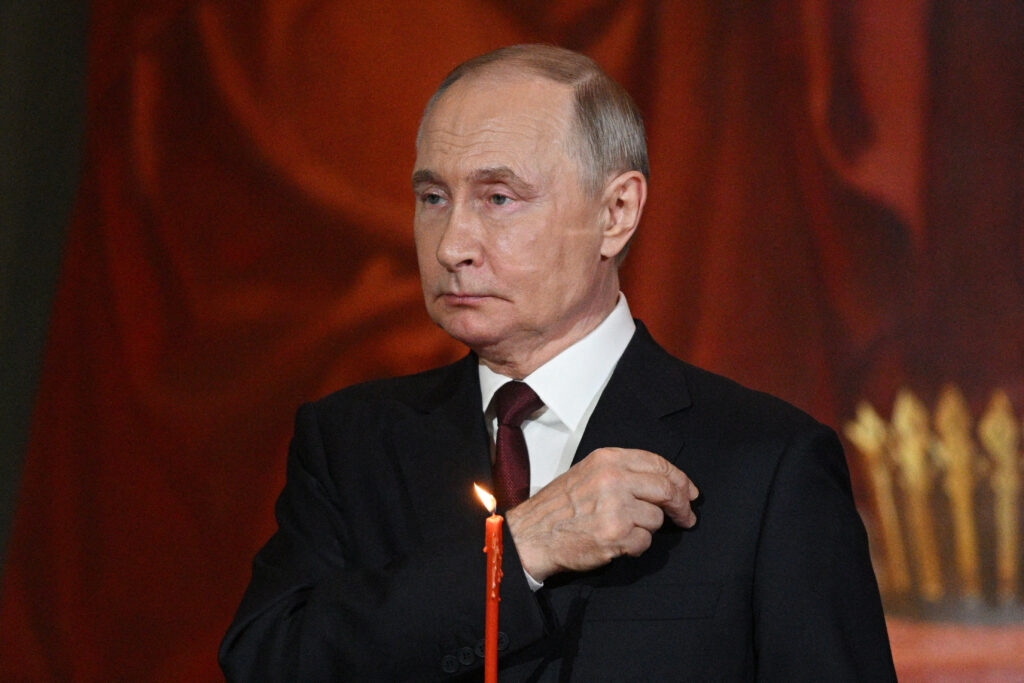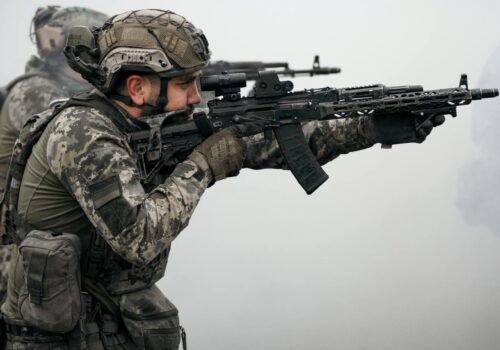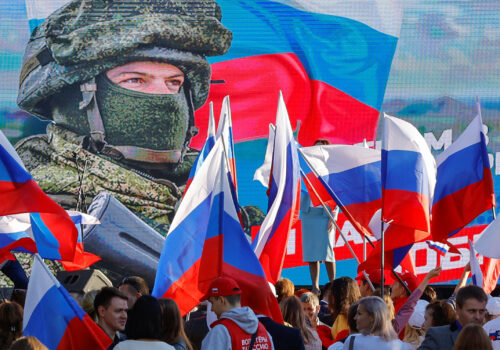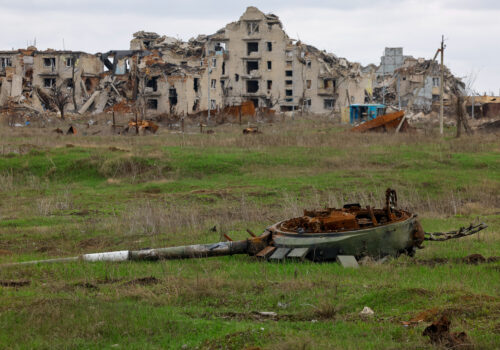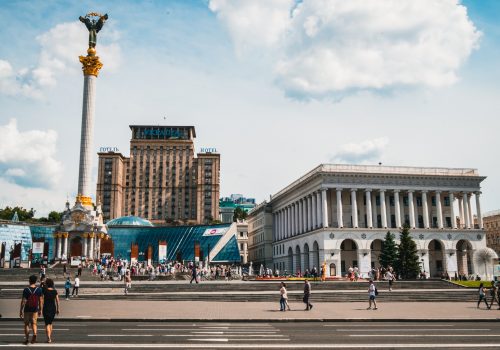Russian President Vladimir Putin caught everyone by surprise during the recent Easter holidays by unexpectedly announcing a 30-hour ceasefire to briefly pause the Russian invasion of Ukraine. The proposed lull in fighting was timed to cover traditional Orthodox festivities on Easter Sunday, with the apparent aim of reviving Putin’s own increasingly dubious peacemaker credentials while shifting the blame for the lack of progress in US-led peace talks firmly onto Ukraine.
The hasty announcement of an Easter ceasefire came after weeks of mounting frustration in Washington DC over Russia’s refusal to join Ukraine in backing American calls for an unconditional ceasefire. With US President Donald Trump complaining about Moscow’s stalling tactics and suggesting that he may soon abandon negotiations altogether, Putin appears to have decided that a change in narrative was urgently required. His solution was to unilaterally declare a temporary truce on what is one of the holiest days of the year for Russians and Ukrainians.
Stay updated
As the world watches the Russian invasion of Ukraine unfold, UkraineAlert delivers the best Atlantic Council expert insight and analysis on Ukraine twice a week directly to your inbox.
If the goal of Putin’s Easter ceasefire gambit was to position Ukraine as the main obstacle to peace, it appears to have backfired. Far from rejecting Russia’s last minute ceasefire proposal, Ukrainian President Volodymyr Zelenskyy quickly agreed. “If Russia is now suddenly ready to truly engage in a format of full and unconditional silence, Ukraine will act accordingly, mirroring Russia’s actions,” he commented in a social media post outlining Ukraine’s position.
Crucially, Zelenskyy also called Putin’s bluff by issuing his own counter-proposal to significantly extend the ceasefire. “If a complete ceasefire truly takes hold, Ukraine proposes extending it beyond Easter Day. This will reveal Russia’s true intentions, because 30 hours is enough to make headlines, but not for genuine confidence-building measures. Thirty days could give peace a chance,” the Ukrainian leader commented.
Zelenskyy has since expanded on his call for a more comprehensive ceasefire agreement. On Easter Day, he said Russia and Ukraine should both implement a month-long pause on all missile and drone attacks against civilian infrastructure. Putin has not yet provided a definite answer to Zelenskyy’s proposal, but he has suggested that he may be open to bilateral talks with Ukraine on the issue. It is far from certain whether this dialogue will lead to any meaningful action, but the Ukrainian leader has already succeeded in demonstrating his constructive approach to the peace process.
Eurasia Center events

These recent developments come at a key moment in the Trump administration’s efforts to broker a peace deal between Russia and Ukraine and bring Europe’s largest invasion since World War II to an end. Ukraine agreed to a US proposal for an unconditional ceasefire on March 11, but Russia has yet to do likewise. Instead, Moscow has sought to secure multiple further concessions and has been accused of attempting to drag out talks indefinitely.
Putin’s efforts to obstruct negotiations have placed Trump in an uncomfortable position and have led to widespread suggestions that the US leader is being played by the Kremlin dictator. Matters first came to a head in late March when Putin publicly questioned Zelenskyy’s political legitimacy and said Ukraine should be placed under temporary United Nations administration in order to elect what the Russian ruler called a more “competent” government. Trump responded by saying he was “pissed off” and “very angry” about Putin’s comments.
Throughout April, the chorus of international criticism over Russia’s bad faith approach to negotiations has grown steadily louder, as have demands for Trump to respond accordingly. The US leader is now evidently running out of patience and is threatening to walk away from peace talks altogether. With American officials demanding progress in a matter of days rather than weeks, we should soon have a better picture of the prospects for a breakthrough toward a sustainable settlement. For now, there is little indication that Russia has any interest in ending the invasion of Ukraine.
Vladimir Putin’s surprise Easter ceasefire announcement was clearly a cynical stunt, but it did inadvertently serve an important purpose by underlining the simple fact that Russia can end the war whenever it chooses. With faltering peace talks now approaching a critical juncture, the significance of this basic point cannot be overstated. As many people have observed over the past three years, if Russia stops fighting, there will be no more war. If Ukraine stops fighting, there will be no more Ukraine.
Peter Dickinson is editor of the Atlantic Council’s UkraineAlert service.
Further reading
The views expressed in UkraineAlert are solely those of the authors and do not necessarily reflect the views of the Atlantic Council, its staff, or its supporters.

The Eurasia Center’s mission is to enhance transatlantic cooperation in promoting stability, democratic values, and prosperity in Eurasia, from Eastern Europe and Turkey in the West to the Caucasus, Russia, and Central Asia in the East.
Follow us on social media
and support our work
Image: Russian President Vladimir Putin attends the Orthodox Easter service at the Cathedral of Christ the Savior in Moscow, Russia. April 20, 2025. (Sputnik/Ramil Sitdikov/Pool via REUTERS)
